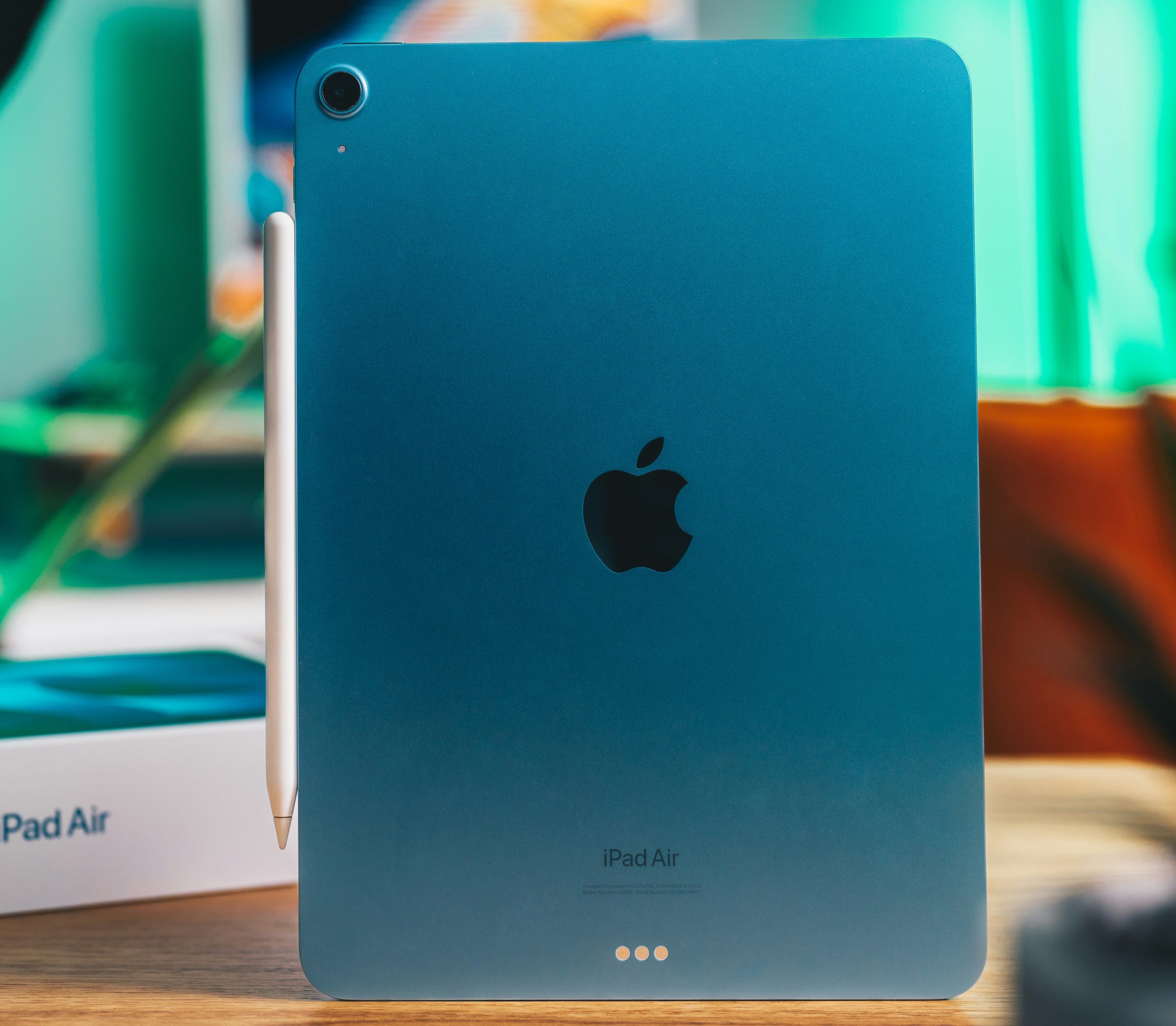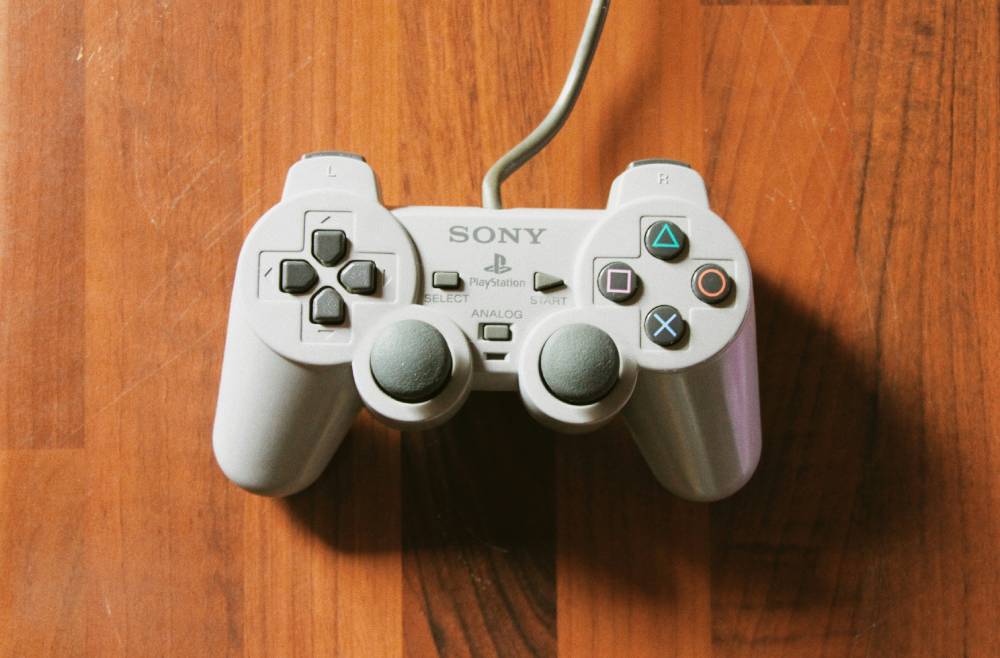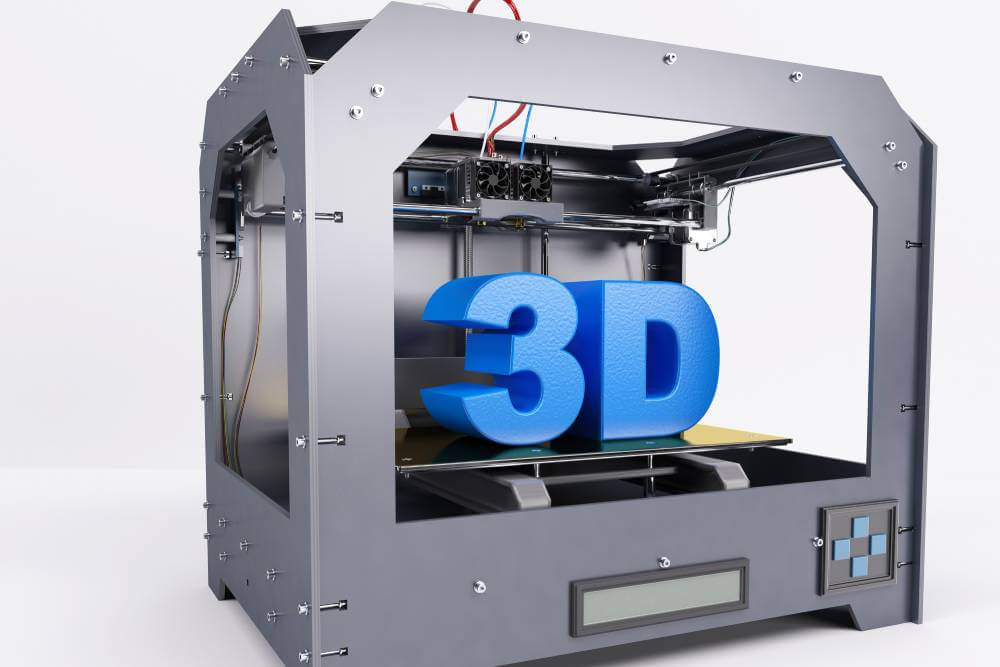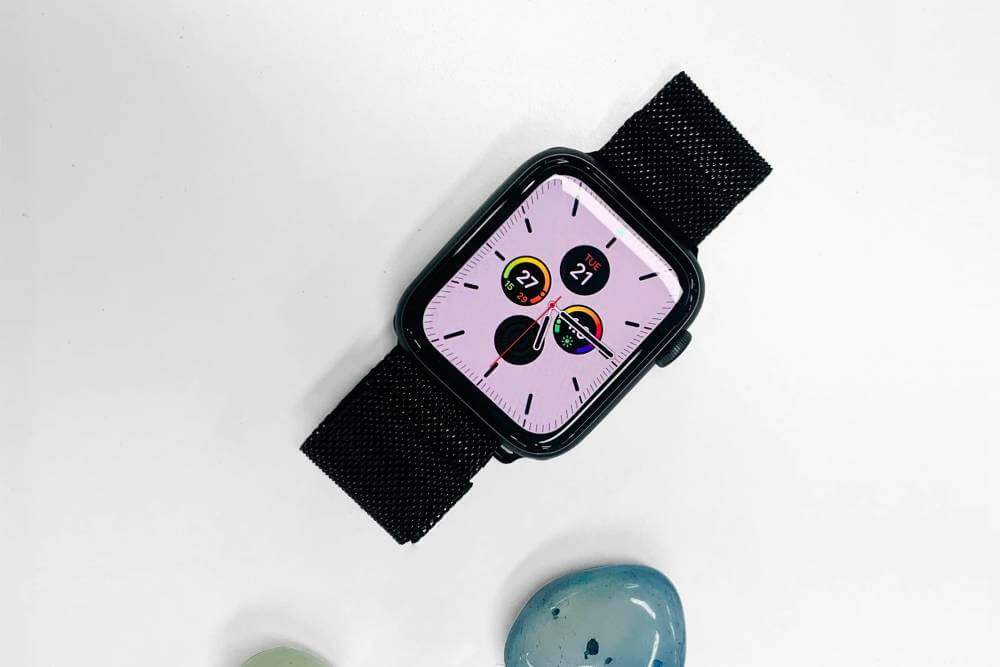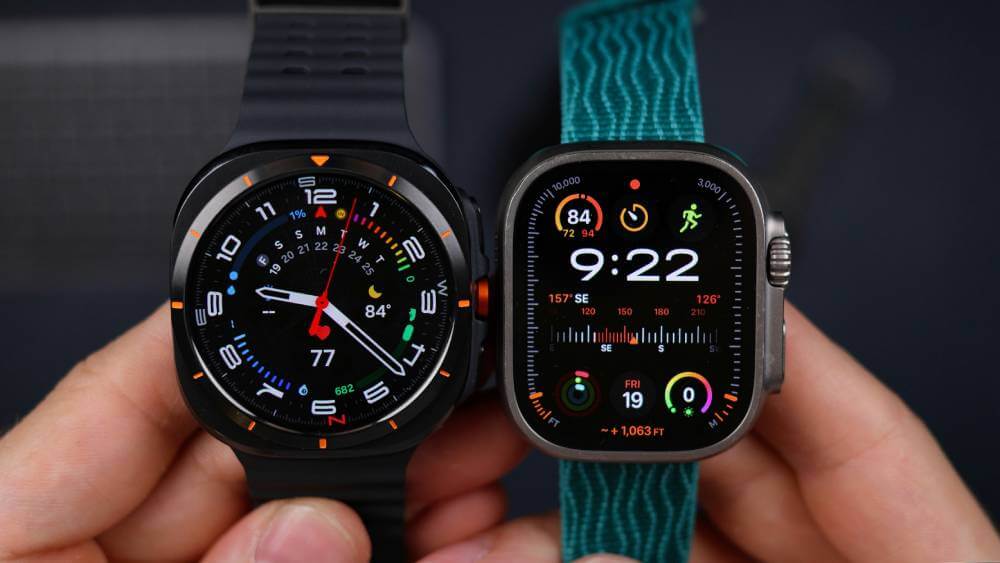I should note that recommending an “easy” consumer 3D printer comes with a big warning: there’s no magic button that makes a 3D model just print itself. Buying a 3D printer means you’re committing to a new hobby, which often means many failed prints and a pile of wasted plastic.
But if you want a more straightforward 3D printing experience, the Bambu P1P is the one for you.
The Bambu P1P: User Friendly 3D Printing
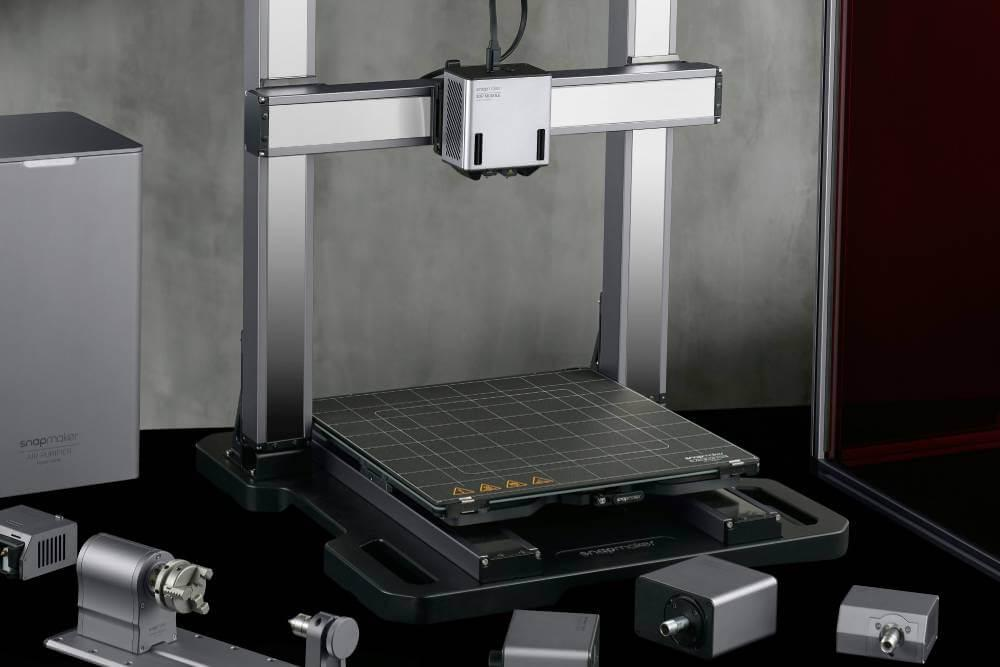
A History of Problems and Transparency
Bambu, the company behind the P1P, has had its share of problems, including recalls of their newest model and earlier models malfunctioning. But they’ve handled it differently. Quick apologies, thorough investigations, and open communication with customers have built trust. Bambu’s willingness to offer refunds and address concerns is unheard of in the industry. This transparency has helped the P1P to be a reliable option in a market where many others struggle to keep customer trust.
User Friendly and Performance
The Bambu P1P is designed with the user in mind. Its automatic material system makes multi-material printing a breeze. At $599, it’s above expectations in both user experience and performance. Unlike older models like the Ender 3 Pro, which can be a pain to set up and use, the P1P makes printing simple. The interface is intuitive and quick to assemble, even for a 3D printing newbie.
In addition to user-friendly features, the P1P is also very reliable. Build quality is top-notch, so you get consistent results without having to adjust or troubleshoot often. This is a big deal for anyone serious about 3D printing, especially if you don’t have the time or patience for frequent repairs and calibrations.
Comparison to Competitors
Compared to its closest competitor, the $559 Creality K1C, the Bambu Lab P1P has a clear advantage with its advanced features, including the automatic material system. The K1C is a good option, but it doesn’t have the same level of performance and user-centric design as the P1P. Faster print speeds, better print quality, and easier setup make the P1P the better choice for both beginners and experienced users.
Plus, Bambu is committed to innovation, so the P1P will continue to receive updates and improvements. Thus, you’re not just buying a printer; you’re investing in a product that will evolve over time.
Bambu P1P vs Creality K1C: A 3D Printing Enthusiast’s Comparison
The Case for Creality K1C
While the Bambu P1P is the choice for many, the Creality K1C has its own advantages, especially for those who like to tinker and experiment with their 3D prints. The K1C has a full enclosure, heated bed, and extra cooling, so it’s good for printing high-temperature materials like ABS and composites with glass or carbon fibers. This flexibility is a big plus for serious hobbyists who want to expand their material range.
Fused deposition modeling (FDM) is the technology used in high-end 3D printers like the Bambu Lab X1-Carbon for its high speed, precision, and material compatibility.
For users who need these special materials, the K1C might be the way to go. Bambu also offers the $699 P1S, which has more features for those who want to print with high-temperature filaments but is still user-friendly.
Real World Experience with Both Printers
Both the Bambu P1P and Creality K1C have produced many 3D-printed objects. Over the past year, we’ve printed practical items like pegboard mounts, fun figurines for kids, and even unofficial Nerf blasters to show off what these machines can do.
These printers also show off their capabilities by allowing material mixing and matching for multi-color prints in one print job, so they’re innovative.
With a basic understanding of 3D printing and materials, you can send a whole build plate full of parts to either printer and get good results. This proves the versatility and reliability of both machines in producing functional and fun prints.
Bambu P1P Advantage
While the K1C has advantages for specific use cases, the Bambu P1P excels in user experience. If you want to minimize software and filament headaches, the P1P is the better option. It simplifies the setup and print process, so there are fewer headaches, especially for beginners or those with limited technical knowledge.
For example, the Bambu P1P is designed to work with many filaments, so you avoid the common 3D printing pitfalls. Many users have reported smooth operation and good prints right out of the box, thanks to Bambu’s user-centric design and software.
Warning for Original Creality K1
While the K1C has improved upon the original K1, the original K1 is a different story. Many users had issues with the original, and it was frustrating. Moving to the K1C has resolved most of those issues, so choose the right model for a hassle-free printing experience.
If you’re considering the Creality lineup, skip the original K1 and go for the better K1C.
Which One to Choose?
In the end, it’s up to the user’s needs and preferences. If you want ease of use, reliability, and a more straightforward print experience, the Bambu P1P is the winner. If you’re a tinkerer and want to print with special materials, the K1C has features for that.
Quick Setup
Upon receiving both the Bambu P1P and the original Creality K1, the first impression was of convenience. Unlike the hours of assembly required by previous models, both printers are designed for quick deployment. The setup takes around 20-30 minutes, from unpacking to the first printing. After minimal setup, you can load the filament and start printing in minutes. This is achieved through a series of simple steps.
Unboxing: After cutting the tape, you remove a few safety items.
Attachment: Users attach the screens, power cables, and filament roll holders, and the printer is ready to use without needing technical knowledge.
Network: Connect the printer to your home network, and it will auto-update, so the printer will have the latest features and improvements.
Automated Setup: Press a button, and the printer will do the rest.
This makes both printers accessible to beginners and seasoned hobbyists, so there are fewer barriers to entry for 3D printing.
Auto Bed Leveling and Calibration
Both the Bambu P1P and Creality K1 have auto bed leveling, which is a must for successful prints from the start. By leveling the print bed, the printers set themselves up for success from the first layer.
Plus, real-time monitoring gives users more control and print quality. The 1080p camera allows you to monitor prints, detect errors with AI, and create time lapses, reducing waste and improving overall printing efficiency.
Plus, both models have advanced motor tuning. They vibrate the entire surface they sit on during calibration. This is intentional. Excess movement can ruin print quality, and the rapid motion of printing adds to that. By tuning themselves to avoid specific frequencies that can cause excessive movement, these printers are more stable and accurate.
CoreXY Kinematics for Speed and Precision
The CoreXY kinematics are at the heart of the Bambu P1P and Creality K1. This design allows for fast print head movement while being stable. Unlike traditional setups that move the entire print bed back and forth, CoreXY moves the print head more efficiently.
This design has several benefits:
Faster: CoreXY can print faster without sacrificing quality, so you can finish projects in less time.
Less Movement: By minimizing movement, these printers can print cleaner with fewer errors.
Filament Loading
Different Approaches to Filament Feeding
While both the Bambu P1P and Creality K1 series have user-friendly setups and fast printing, the two have different approaches to filament loading. The Bambu P1P, with its Automatic Material System (AMS), can load multiple filaments at once, making it more user-friendly and efficient in material management. This step is crucial to the overall printing experience and success.
The Traditional Threading Method of Creality K1
When printing with Creality K1, the process of loading filament is like the traditional method used in 3D printing for years. Users have to go through several steps to thread the filament.
Preparing the Filament: First, the filament needs to be cut at an angle to create a point. This step is critical as it will guide the filament through the narrow tube to the extruder.
Insertion: Then, users push the filament into a tube and manually feed it through the extruder until it reaches the hot nozzle. This can be imprecise and prone to user error.
Extruder Engagement: Once the filament is in the tube, users need to press a button and hope that the K1’s motorized extruder will engage correctly. In some cases, manual assistance may be required to ensure the filament feeds smoothly without breaking.
Creality K1 has improved with the K1C model, but users may still encounter issues during this process. The original K1 model would jam, and users would need to replace multiple parts to fix filament feeding issues.
Bambu P1P: Simplified
The Bambu P1P has a more user-friendly and efficient way of loading filaments. The user experience is designed to minimize errors and convenience:
Simplified Insertion: Users press a few buttons and insert the uncut, flat-ended filament into the printer. The printer pulls the filament away from the user’s hand, making the process much faster.
Automatic Cutting: When it’s time to eject filament, the Bambu printer cuts the molten end so you get a clean-cut end that can be rewound without dragging or damaging internal components.
Purge Feature: Another bonus of the Bambu P1P is the purge feature. Users call it the “poop chute”. After each print, the printer will purge the leftover molten filament into this area so that the nozzle is clear and ready for the next print.
Maintenance
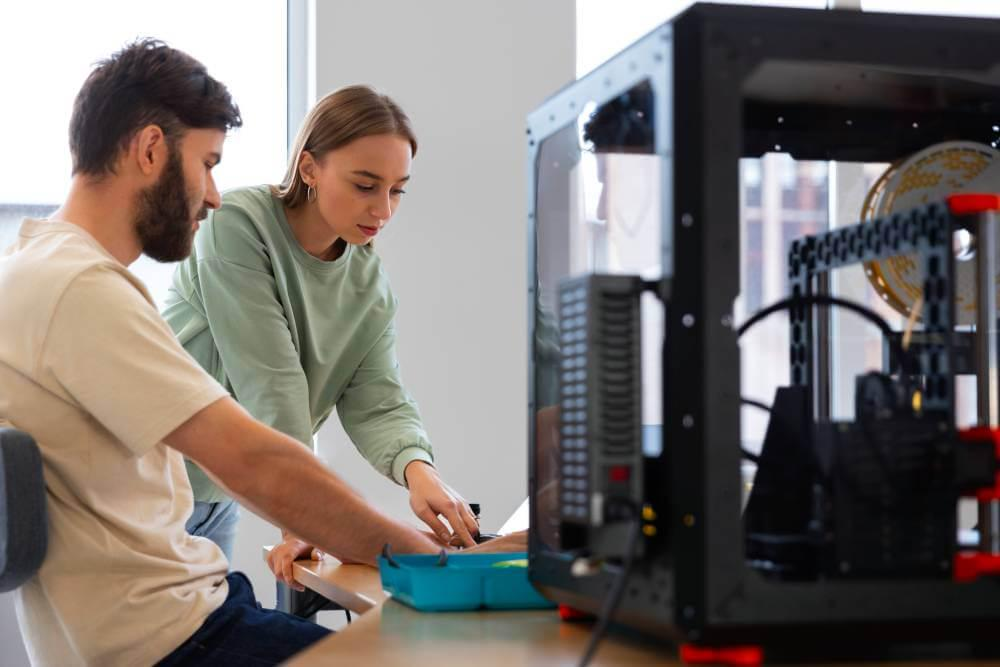
Performance Reliability
One of the biggest advantages of Bambu P1P is its reliability. After months of use, I only experienced a jam in the P1P once. Even with old and brittle filaments, the Bambu printer still produced good results. The Creality K1 and K1C require more attention to filament handling. The K1 series design requires users to push filament through a filament runout sensor and navigate through tight tubes before reaching the extruder. This design has caused multiple filament breaks during use, and issues occur more often in the original K1 than in the K1C.
Bambu Friendly Maintenance
When it comes to maintenance and repair, the Bambu P1P is very user-friendly. If a jam or malfunction occurs, accessing the extruder is a breeze. The printer has a magnetic cover that can be removed easily, and you have access to the internal components. For $35, you can buy a complete modular hotend, including a heatsink, fan, heating element, and assembled thermistor. Replacing the hotend only requires two screws and a few cable pulls. Easy peasy.
Creality K1 Maintenance
On the other hand, maintenance of Creality K1 is painful. To access the extruder, you need to remove five screws, some of which are at awkward angles, and then pry off a silicone sleeve. The assembly line also glues in the tiny rear-facing connectors, so you need to use pliers to remove them. This turns a simple repair into a big hassle.
Frequency of Maintenance
While maintenance on both printers is not daily or monthly, the ease of repair does impact user experience. Users replace nozzles when they wear out or jam or when they want to change printing resolution for detail or speed.
For example, the Ender 3 Pro experience proves this point. After 3 years of use, worn-out parts of the hotend were replaced twice due to messy jams. So, accessibility to maintenance is important.
Print Bed Experience
Adhesion and Detachment
Regarding the print bed surface, the Bambu P1P is ahead with its user-friendly design. The P1P has a textured PEI-covered stainless steel plate that provides good adhesion during print and easy detachment after print. Parts are generally loose when the bed cools, so you don’t have to struggle to remove the print. This is very helpful for beginners who don’t have the skills to navigate the adhesion challenges yet.
Also, the Bambu P1P produces dynamic and colorful prints that boost creativity and print aesthetics.
The Creality K1 series has a smooth PEI build plate. While this type of surface is supposed to be better for high-temperature materials and provides a super smooth finish to the printed parts, it has its own set of problems. Removing some prints requires the use of the included glue stick, which is commonly used in schools for arts and crafts. The glue can be inconsistent, too little, and the print will stick too much, too much, and it will be a messy process. This can be frustrating, especially for newbies to 3D printing.
Cleaning and Maintenance
Cleaning the print bed is another important part of the user experience. With the Creality K1 and K1C, you will encounter a problem where tiny beads of plastic drip onto the print bed during print. These will be embedded into the bottom of the model, and you will need to clean the print bed before each use. Without a way to manage this extra material, beginners will be frustrated and hindered by the need to maintain a clean printing environment.
On the other hand, the Bambu P1P design minimizes the mess. The poop chute system is effective in managing the extra filament, so prints are clean, and you can focus on the fun of printing, not the tedious task of cleaning up after each print. The stainless steel plate is easy to clean, and no extra steps are required, like with the glue stick method.
Cost
You can buy a textured stainless steel plate for the Creality K1, but this will add to the overall cost and may even be more expensive than the Bambu P1P. When you consider the overall value and user experience, maybe it’s better to get the P1P from the start and save yourself money and frustration in the long run.
Stability and Noise
The Bambu P1P not only produces great prints but also offers a more stable print experience than the Creality K1 series. The K1 has anti-vibration feet to minimize disturbance during operation, but the P1P produces stable lines and smooth surface texture right out of the box. The P1P also has the ability to turn off the fans completely when idle. This is a big plus for those who print in a shared space or a quieter environment. The K1C can be loud even when not printing and creates unnecessary background noise.
Software Experience
Software Performance
Both Bambu and Creality need to improve their software, but Creality’s is more problematic. The Creality Print desktop app is good enough for basic prints on common materials like PLA and flexible TPU but struggles with more complex materials like PETG. The software lacks many features found in other slicers that are necessary for preparing 3D models for printing. Slicers convert 3D shapes into horizontal layers and generate code for the printer.
Although you can use other slicers, they need to be tuned to work with the K1 printer. Early on, some slicers refused to support the K1 until Creality opened-sourced the printer’s code, which they have since done. OrcaSlicer has been helpful by providing specific profiles for the K1 and allowing printing in PETG when Creality Print failed.
Mobile App Experience
Creality’s mobile app is another source of frustration. The gamified interface feels more focused on rewards than practicality. Users want a simple way to start and monitor prints, not a point system for printing trendy items. This results in unnecessary notifications, which many users find annoying, and some have even disabled app alerts altogether.
On the other hand, Bambu’s slicer software works well, and their app is free from many of the annoyances of Creality’s. The AI camera feature in Bambu’s app allows real-time monitoring and AI-assisted features like error detection, making the printing experience better by reducing errors and waste. However, concerns remain about Bambu’s cloud services. Just a month after Bambu apologized for the issues with rogue printers, another incident happened. A model printed directly from the cloud was half-finished and stuck to the nozzle, and another one was discarded on the floor.
MakerWorld and Validation Issues
Bambu’s MakerWorld, which is supposed to offer one-click validated prints for its users, has also been a concern. Trying to print models labeled as validated failed, including one that turned into a lump of plastic waste. This raises questions about the cloud service and is making users consider a private LAN-only connection to the printer as a more secure option.
The Future of 3D Printing: Innovations and Caution
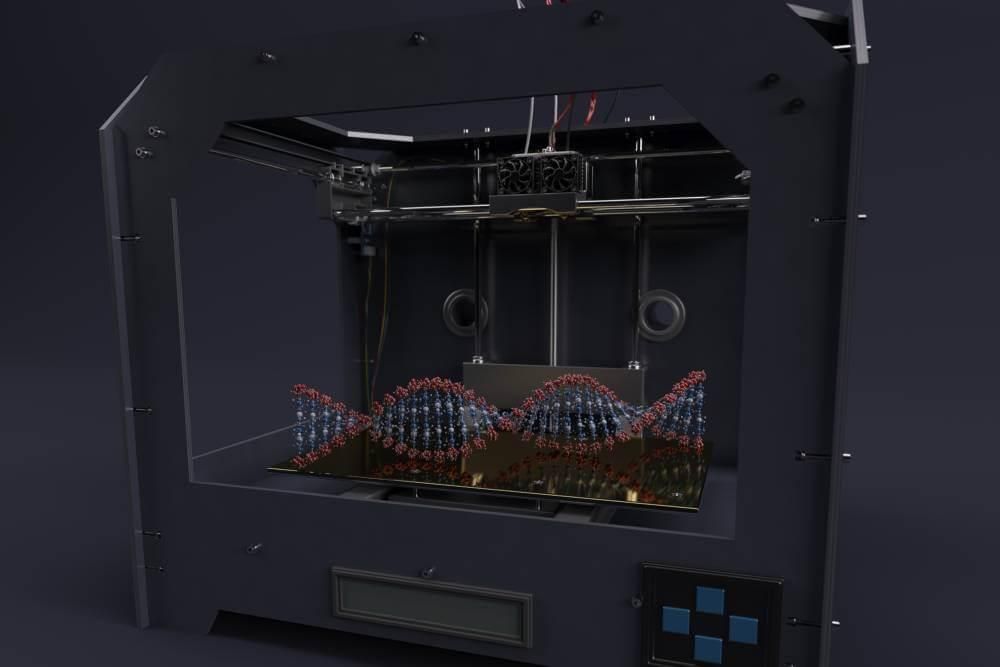
Easier 3D Printing
Looking into the future of 3D printing is exciting. Bambu’s A1 series has tool-less hotend swaps, which makes maintenance a breeze. Future updates will include sensors that can detect filament tangles while still on the roll, which is a common problem across all 3D printers. Bambu Lab printers are worth checking out for their features and innovations. While Creality offers separate dry boxes to keep filament dry, having those integrated into the printer itself would bring us closer to a hassle-free experience.
Trust and Reliability
For 3D printers to gain consumer trust, manufacturers like Bambu and Creality need to prioritize readiness over speed. The initial launch of the original Creality K1 was a disaster, and many users were disappointed. Community feedback on Reddit and Discord shows that even Bambu P1P had early issues. Many customers found themselves troubleshooting and repairing their printers instead of relying on customer service, which means these devices are still hobbyist tools and not consumer products.
Be Patient
Given the risks, it’s best to wait for newly launched models. Let early adopters fix the issues and then buy. For those who want to get into 3D printing, the Bambu P1P is a safe bet. It has been used for almost 2 years now.
Innovation vs. User Experience
In summary, the journey to hassle-free 3D printing is already underway, but users need to be patient and vigilant. As companies innovate, the community should demand quality and reliability. The future is bright, but for now, the best experiences come from established, tested models.

